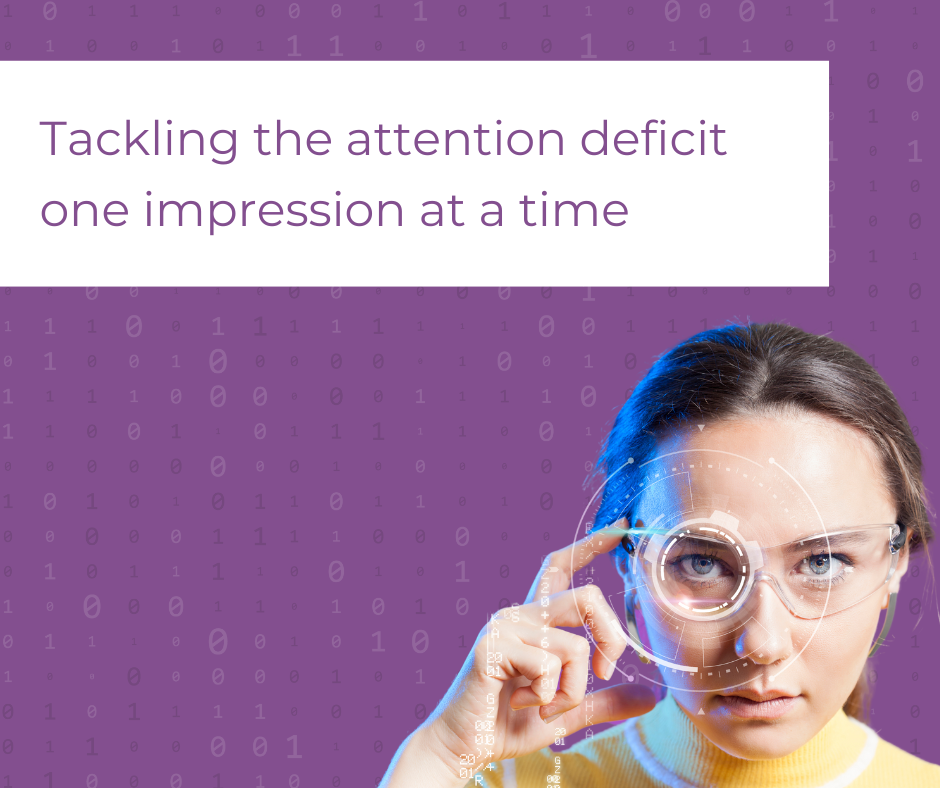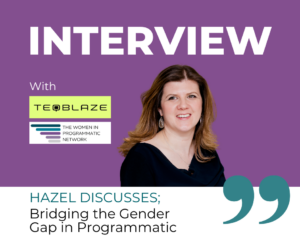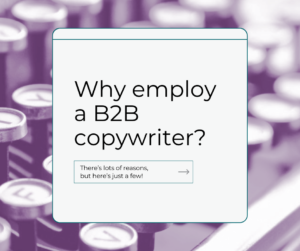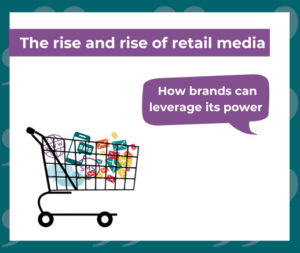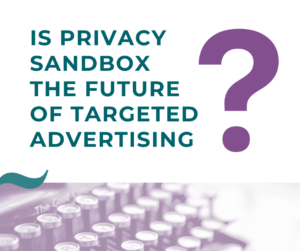As up to 10,000 ads continue to flood our screens every day, the fight to gain real human attention has never been so rife.
But as this figure rises – while attention spans remain the same – the chance of us seeing an ad inevitably diminishes. This results in what we call the attention deficit – something the ad industry is striving to overcome.
But how do we begin to measure true attention, let alone improve it?
Combining viewability with attention
For years, the industry has focused on standardising metrics around viewability, i.e., how much of an ad is visible on screen and for how long. And this is still important. After all, you can’t engage with an ad if you can’t see it.
But the industry is beginning to recognise that ‘viewable’ does not equal ‘viewed’. In fact, as consumers, we ignore almost 35% of all programmatic display ads. And so it’s become clear that viewability metrics alone are not enough. They are more like ‘hygiene’ metrics rather than predictors of quality. And that’s why we need to bolster this campaign insight with attention data.
Steps to leveraging attention
As Rob Hall, CEO at Playground xyz explains, there are generally four steps to leveraging attention.
First, you need solid research. This should be from your own campaign data, but also learnings from other brands who have tested the impact of different ad formats, content types, devices, channels or targeting strategies on attention metrics.
Second, once you’ve gathered this, you can use it to enhance your channel planning, by creating and scheduling campaigns that have the best chance of performing.
Third comes the task of actually measuring attention, by tracking key attention metrics such as hover rate and touch rate on a mobile device, plus more traditional performance metrics such as CTR, bounce rate and conversion rate.
And finally, to have the best chance of engaging your audience in the long term, you need to be able to optimise in real time according to what’s working and what’s not. This kind of dynamic creative optimisation (DCO), focused on attention, will be a key driver of campaign performance over the coming years.
Using data across TV, desktop, tablet and mobile, we can measure a whole range of attention metrics. But perhaps the most prevalent is Attention Time.
The new metric in town
Attention Time is important in any campaign because it measures how long a user is physically eyeballing the ad. Once you’ve measured this, you can then look at a host of other user activities, such as clicks, cursor position, touch rate, scroll rate and depth, audio on/off, volume etc.
Measuring engagement with eye-tracking data
As Lumen Research’s MD Mike Follett suggests, eye tracking data, used at scale across different channels, shows that “when users do look at an ad, it tends to perform really well”.
There are a number of attention technology partners on the market including Lumen, Playground xyz, Amplified Intelligence and Adelaide, that can help marketers determine true engagement through two main types of eye-tracking measurement: proxy-based and gaze-based.
When testing creative or context, gaze-based (or eye-gaze) metrics are generally thought to be a more accurate method than proxy-based metrics. This is because they demonstrate that a user has actually engaged with an ad. This data comes from vast opt-in panels of consumers allowing eye-tracking cameras to follow the path of their eyes across the screen as they consume the open web.
By combining this with the other user activities above, you can get more granular with each impression, and optimise the ad creative or format more effectively.
Now is the time to tackle the deficit
When looking for an attention partner, be sure to ask them:
- how they define attention (e.g. do they include all user actions?)
- what kind of eye-tracking they use – gaze-based or proxy-based data, or (preferably) both
- and how long they will apply optimisation to ensure the most accurate measurement
As the range of attention metrics grows, so too does the need for industry standardisation of these metrics. But for now, there’s no time to waste when it comes to experimenting and A/B testing with different creatives and formats. This way, you can get ahead of the curve before attention-first campaign strategies become mainstream, and make every impression count.
If you need help sharing your thoughts on attention with the world, we’re here to help. Chat to us today to learn more.
This article was originally posted on Digilah (November 2023)

